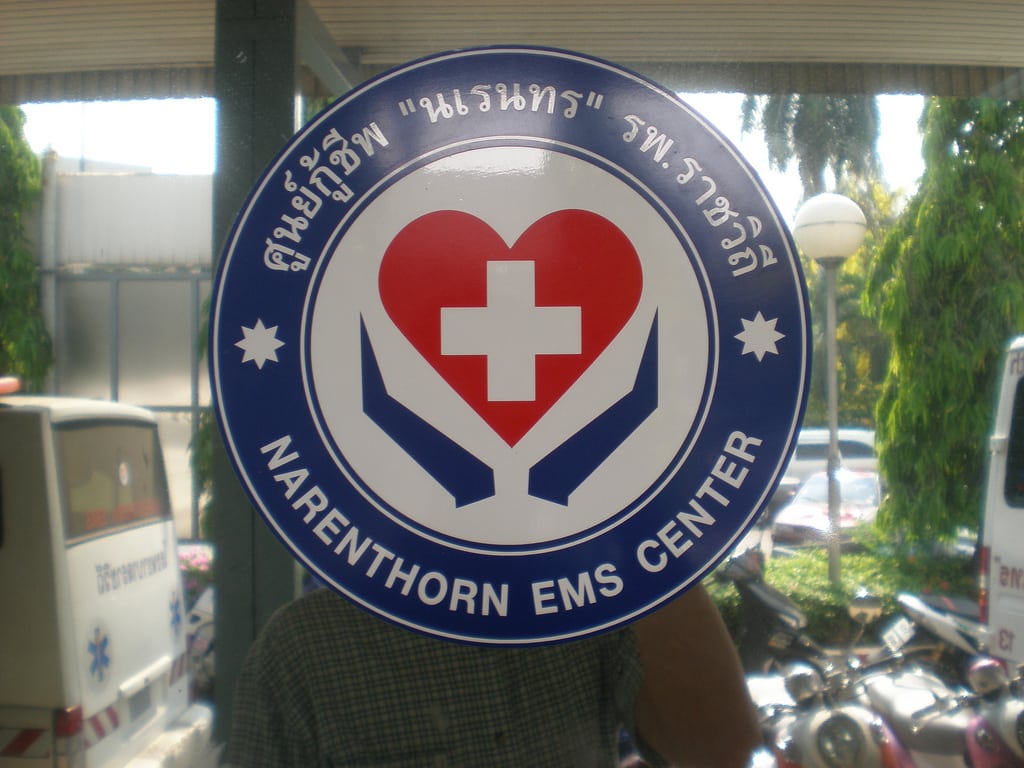Thailand launches campaign to overshadow neighboring nations as king of medical tourism

Skift Take
Unlike dentists along the U.S.-Mexico border, the Thai effort is targeting high-income visitors looking to get optional plastic surgery treatments at a bargain rate.
Medical tourism is a rising star as Thailand seeks to boost tourism revenue to 2 trillion baht by 2015, with attractive pricing, cutting-edge technology and skilled doctors drawing foreign patients.
The pressure to hit the 2-trillion-baht target has caused all parties to look for potential channels, and medical tourism is a serious focus of the Tourism Authority of Thailand (TAT).
"Plastic surgery, stem-cell treatment, spas and traditional and alternative medicine are intriguing to many markets," said Vilaiwan Twichasri, the TAT's deputy governor for tourism
